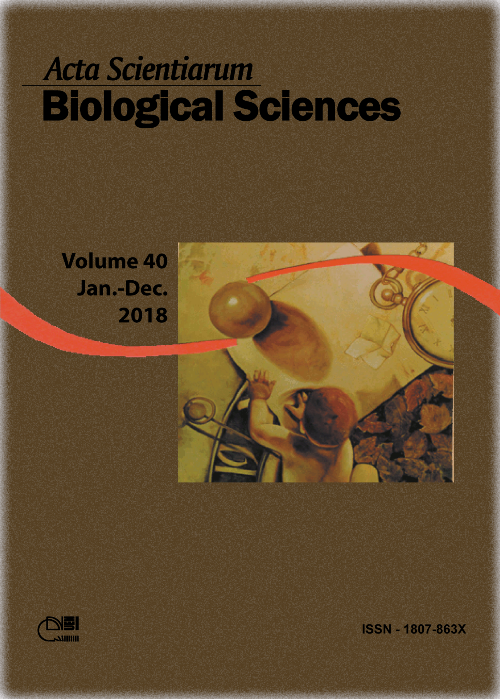<b>Analytical methods for evaluation of the fatty acid metabolism in rat liver
Abstract
The liver is an essential organ for body energy homeostasis, controlling the biosynthesis, uptake and the disposal of carbohydrates and lipids. The hepatic steatosis is a common condition frequently associated with metabolic diseases and is characterized by the excessive accumulation of triglycerides in the liver. In recent years, many efforts have been devoted to prevent and treat the hepatic steatosis, but it remains being pointed out as the major cause for chronic hepatic diseases in Western countries. A considerable part of the knowledge about the physiopathology of hepatic steatosis, the effects of diets and drugs on the metabolic capacity of the liver to metabolize fatty acids, as well as the potential therapeutic approaches for hepatic steatosis derived from experimental animal models using rodents. Here, in this article, we present the details of some of the most common techniques used to evaluate fatty acid metabolism in liver of rats, including quantification of total lipid content, measurement of fatty acid oxidation in isolated subcellular fractions and procedures to measure the activities of important lipogenic enzymes. Classical protocols previously described to be performed using samples from other tissues were adapted to liver samples and different techniques with equivalent aims were compared. The principles and the advantages in terms of reliability and costs were discussed and the procedures here described can be applied for a low-cost broad evaluation of the fatty acid metabolism in liver of rats submitted to different experimental conditions.
Downloads
DECLARATION OF ORIGINALITY AND COPYRIGHTS
I Declare that current article is original and has not been submitted for publication, in part or in whole, to any other national or international journal.
The copyrights belong exclusively to the authors. Published content is licensed under Creative Commons Attribution 4.0 (CC BY 4.0) guidelines, which allows sharing (copy and distribution of the material in any medium or format) and adaptation (remix, transform, and build upon the material) for any purpose, even commercially, under the terms of attribution.
Read this link for further information on how to use CC BY 4.0 properly.












1.png)




3.png)













